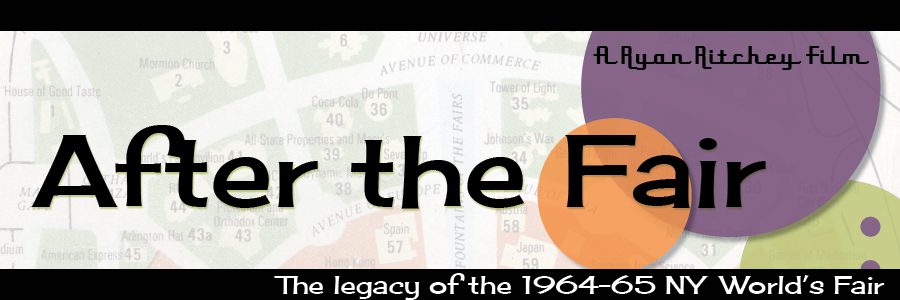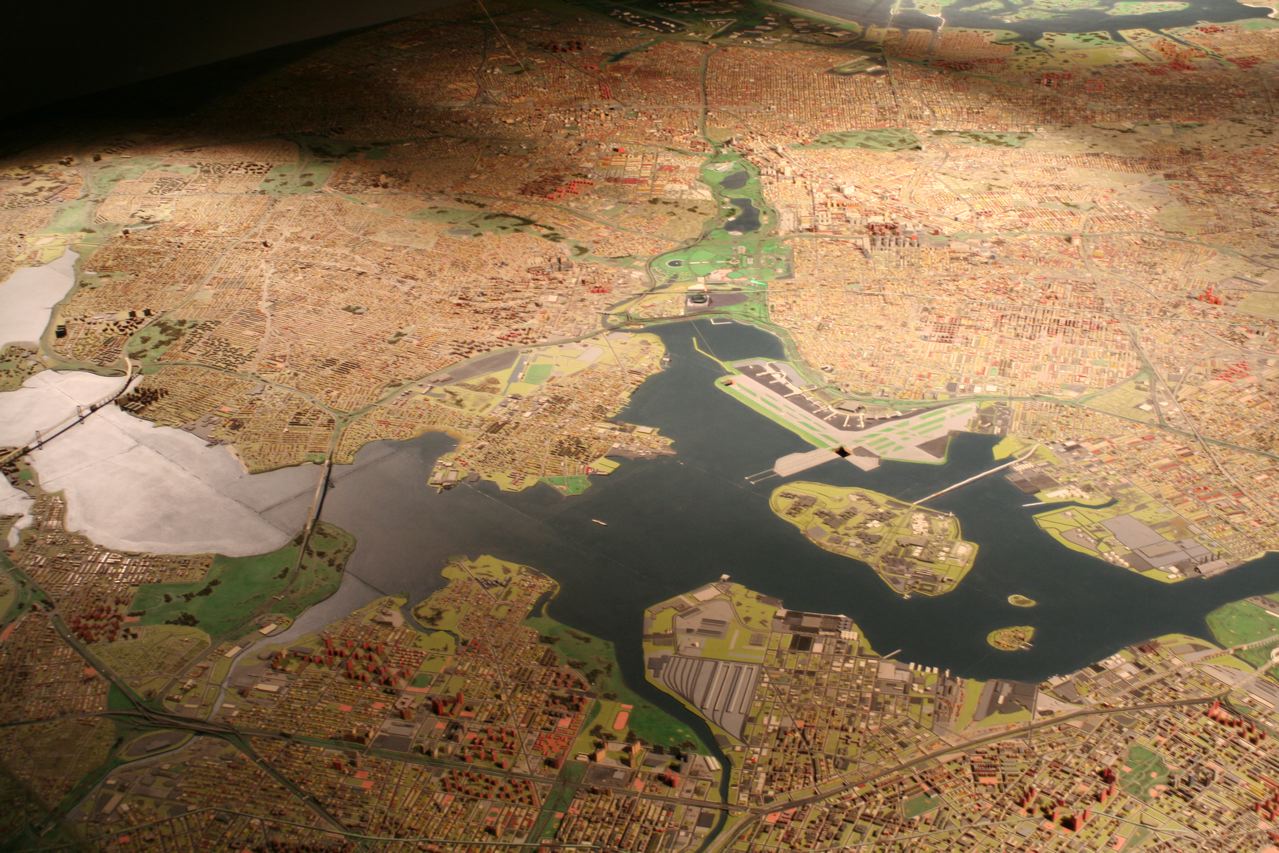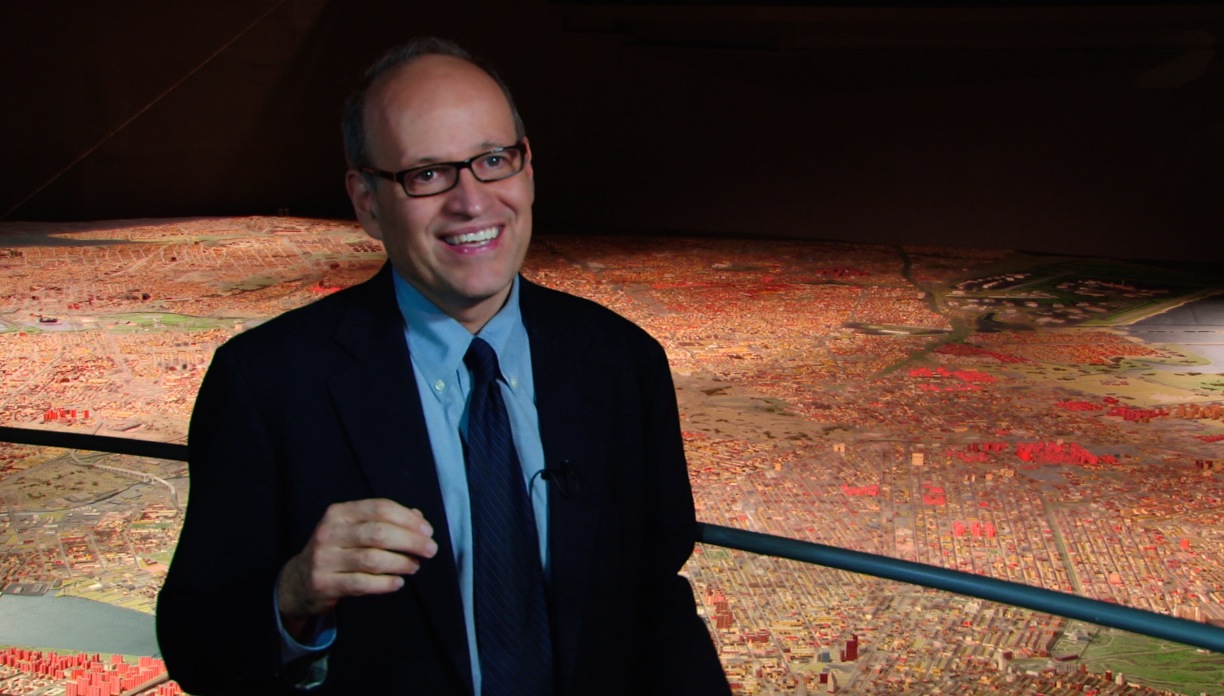First, I want to say a belated Happy New Year to everyone, and thank you for visiting the site and supporting the film. You are the reason this project is possible, and I'm very thankful for that.
I figured the beginning of the New Year would also be a good time to recap where we are with the project, and give you a quick look at the work ahead.
First a look back:
INTERVIEWS:
 Rolly Crump, Disney Imagineer and artist who was responsible for the creation of the large, playful Tower of the Four Winds sculpture outside the It's A Small World exhibit, and who also helped with the design of elements of Disney's other fair attractions.
Rolly Crump, Disney Imagineer and artist who was responsible for the creation of the large, playful Tower of the Four Winds sculpture outside the It's A Small World exhibit, and who also helped with the design of elements of Disney's other fair attractions.
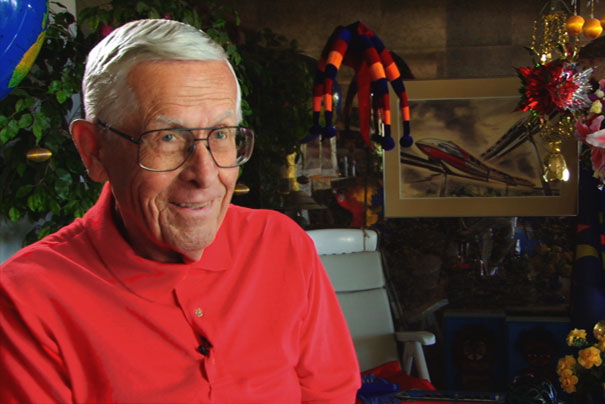 Bob Gurr, Disney Imagineer and engineer who was responsible for the ride vehicle systems in the Disney attractions at the fair. Both Gurr and Crump have long and colorful histories at Disney beyond the fair, and their stories alone would fill a feature movie.
Bob Gurr, Disney Imagineer and engineer who was responsible for the ride vehicle systems in the Disney attractions at the fair. Both Gurr and Crump have long and colorful histories at Disney beyond the fair, and their stories alone would fill a feature movie.
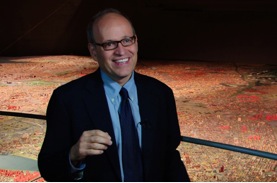 Tom Finkelpearl, Director, Queens Museum of Art. The Queens Museum of Art houses one of the most unique relics of the fair: the giant panorama of New York City, that offers a view unlike any other.
Tom Finkelpearl, Director, Queens Museum of Art. The Queens Museum of Art houses one of the most unique relics of the fair: the giant panorama of New York City, that offers a view unlike any other.
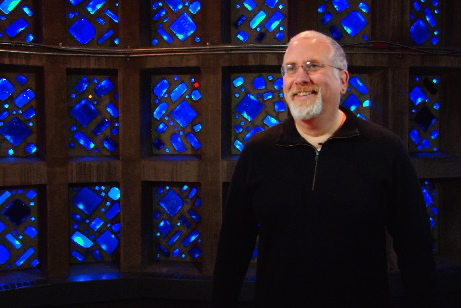 Eric Siegel, Director, New York Hall of Science. As you probably know, the Hall of Science was an original part of the fair. Siegel told us about the history of the structure, and future plans which will bring the public closer to some of the most iconic space within the building.
Eric Siegel, Director, New York Hall of Science. As you probably know, the Hall of Science was an original part of the fair. Siegel told us about the history of the structure, and future plans which will bring the public closer to some of the most iconic space within the building.
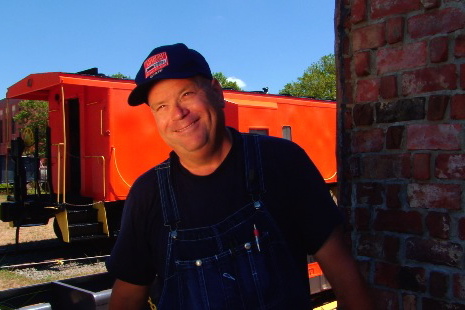 Don Fisher, President, Railroad Museum of Long Island. Fisher talked to us about the loving restoration of the amusement-gauge train that was originally part of the Long Island Railroad exhibit at the fair. The train has been through quite a winding path to end up at the museum, and Don and his volunteers are great ambassadors for the train.
Don Fisher, President, Railroad Museum of Long Island. Fisher talked to us about the loving restoration of the amusement-gauge train that was originally part of the Long Island Railroad exhibit at the fair. The train has been through quite a winding path to end up at the museum, and Don and his volunteers are great ambassadors for the train.
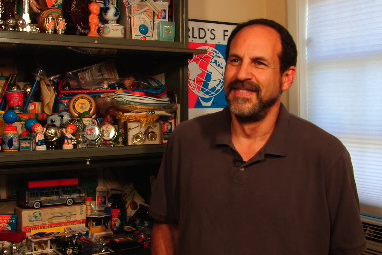 Mitch Silverstein was kind enough to share his extensive collection of World's Fair memorabilia, and to talk about his efforts to help bring a bit of dignity to the long-neglected New York State Pavilion.
Mitch Silverstein was kind enough to share his extensive collection of World's Fair memorabilia, and to talk about his efforts to help bring a bit of dignity to the long-neglected New York State Pavilion.
LOCATIONS:
We've also had a great time visiting objects and buildings from the fair, around the country, including, of course Disneyland in Anaheim(home to It's a Small World), Walt Disney World in Orlando(The Carousel of Progress), Camp Ramah in the Poconos (you'll have to see the movie, or read back through the blog to find out why), and The Avis headquarters in New Jersey (home to the last antique car from the Avis attraction). I know there are a few others that I'm forgetting, but the point is that all in all, it's been a great start to the project, but there's a lot left to do.
THE NEXT NINE MONTHS:
I'm a bit superstitious about not mentioning specific places we're headed, just because I would hate to see any of those trips not happen, and leave people disappointed. The same goes for interviews. All I can say for now is, we've got probably a dozen more locations, and at least six more key interviews. It promises to be a fun, but stressful time. The goal is to finish the film for release in time for the 48th anniversary of the opening of the fair on April 24, 2012.
HOW YOU CAN HELP:
As you may know, this is a self/fan-funded endeavor. I can tell you that the movie we want to make, and the amount in the bank account to make it aren't quite the same thing. That's why I hope if you're as passionate about getting this story told as I am, that you'll click on the support us link. You can make a donation, and support us through Amazon purchases you already make.
If you attended the fair, we are looking for home movie footage from as many different people as possible. If you are interested in contributing your footage to the film, please send me an email.
Everyone we've met in doing this project has been so supportive. I have to tell you, when I first thought about doing a film about the fair, I wondered if anyone would care. What I have learned from those who were there, and those who only know the legend of the fair, is that people really do care, and want to make sure this fair and its legacy are not forgotten.
Happy 2011, everyone!
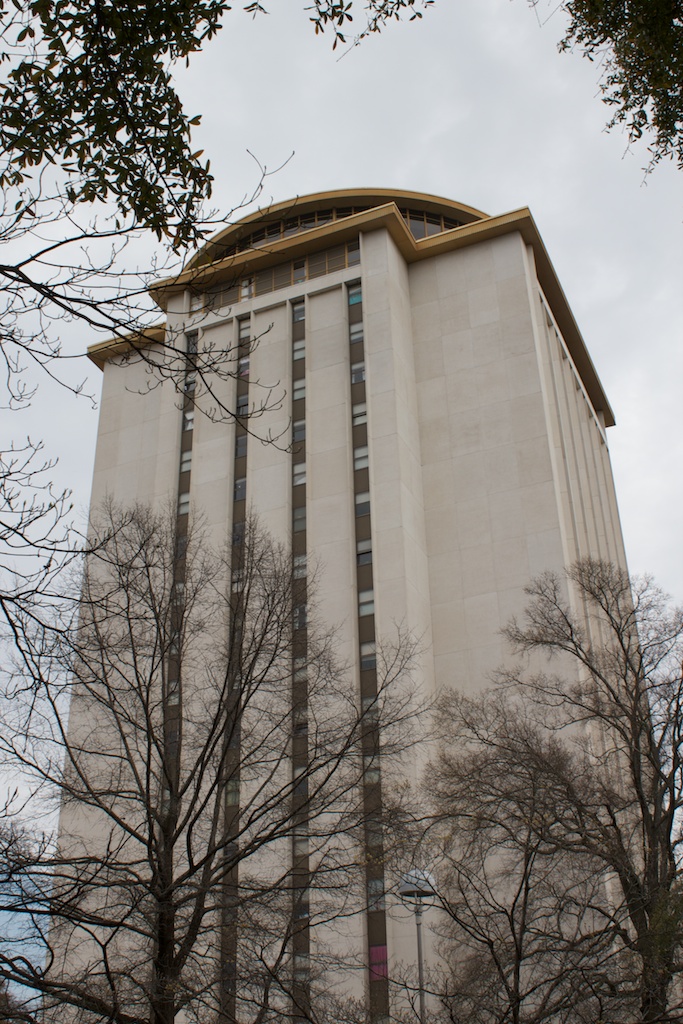 You never know where you might find pieces of the fair... Take, for example, the rotating platform that was part of the Festival of Gas pavilion, sponsored by the U.S. gas industry. At the fair, the platform served as part of an exhibit aimed at showing all the wondrous appliances you could get in the near future. Oh, and they just happened to be gas powered. The large platform went into storage following the fair.
You never know where you might find pieces of the fair... Take, for example, the rotating platform that was part of the Festival of Gas pavilion, sponsored by the U.S. gas industry. At the fair, the platform served as part of an exhibit aimed at showing all the wondrous appliances you could get in the near future. Oh, and they just happened to be gas powered. The large platform went into storage following the fair.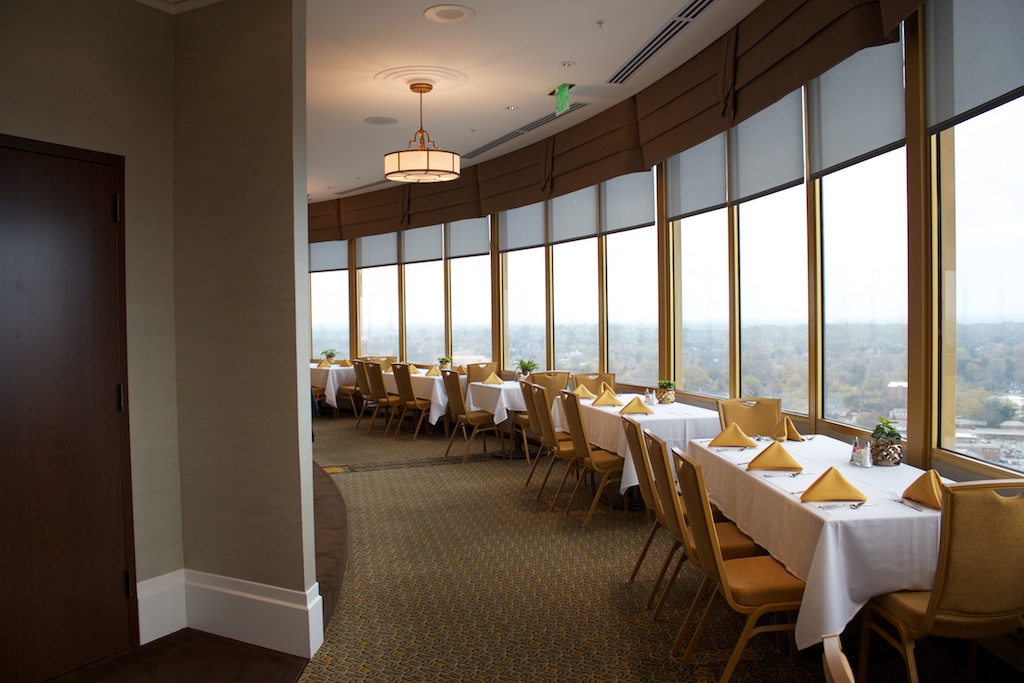 Today, the space serves home to the Top of Carolina restaurant, and is open to the public on Sundays. The stunning vistas of the Columbia area make the space a popular meeting/event destination too.
Today, the space serves home to the Top of Carolina restaurant, and is open to the public on Sundays. The stunning vistas of the Columbia area make the space a popular meeting/event destination too.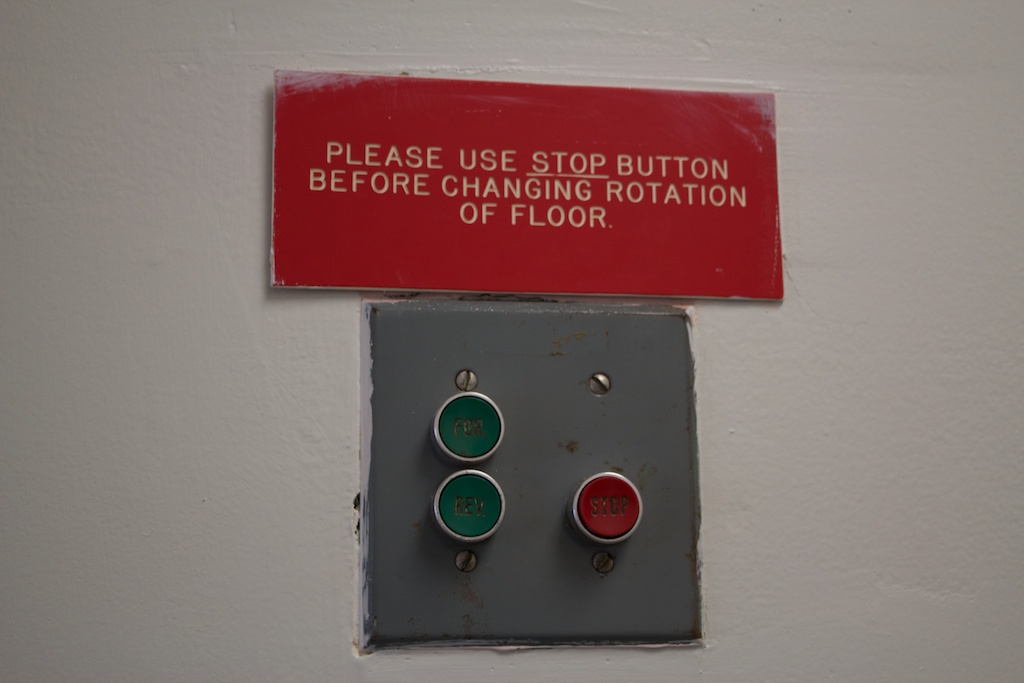
 festival of gas,
festival of gas,  top of Carolina
top of Carolina 